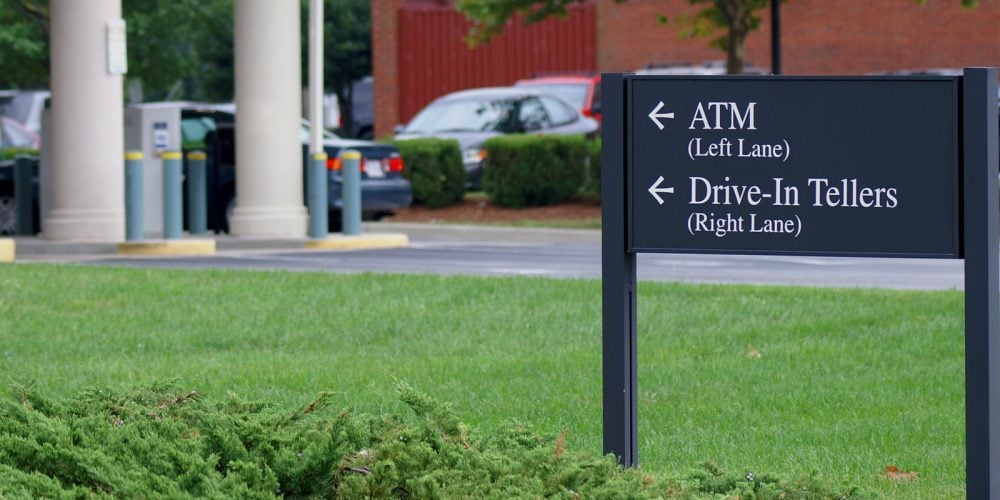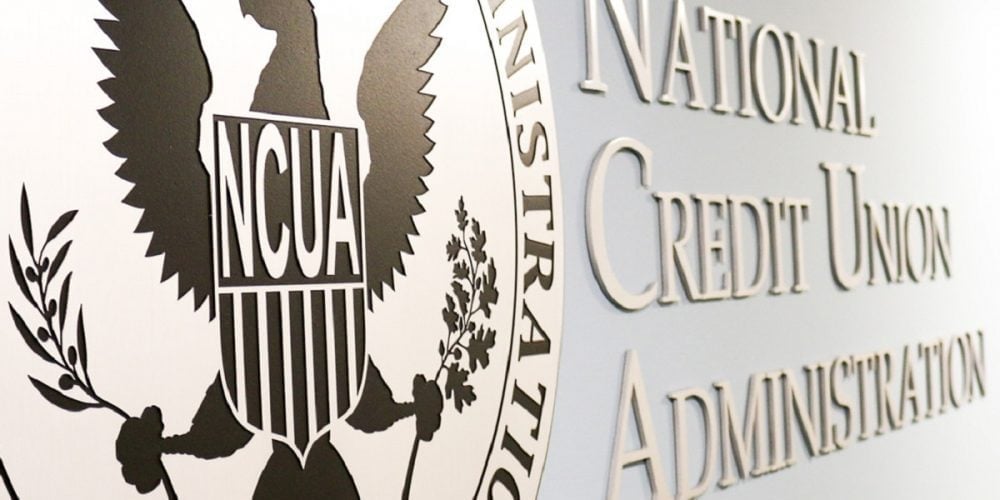Someone once said, “What matters most is how you walk through the fire.”
For many of us, what we’re experiencing as a result of this pandemic crisis is akin to walking through fire. It’s painful and there will be lasting scars; but, like so many things in life – even life itself – our current harrowing experience should lead to immense learning that will forever change our life. The question remains, will the change make our life demonstrably better?
Our goal for the post-crisis world shouldn’t be to return to normal. Our goal should be to create our new normal, to learn from enduring this “fire” and identify specifically where we will improve. How will we better serve our members? How will we better lead and serve our employees? How will we meet our future goals and objectives?
“One of the things that I’ve found most interesting during these last several weeks is how our current norm is exposing ineffective processes in how we work and how our bad habits and negative behaviors affect outcomes,” says Jayne Hitman, National Sales Consultant at CUNA’s Creating Member Loyalty. “It’s like oil and water separating and it makes it very easy to see where improvements need to be made.”
Now, more than any other time, each one of us in leadership positions has a unique opportunity to shape our own future and the future of our credit union. We’ve been given a precious chance to learn from the pre-crisis world; learn from what we’re doing to endure the crisis; and meld them with our dream for the future. Albert Einstein said, “In the midst of every crisis, lies great opportunity.”
Based on feedback we’ve been hearing from clients and what we’ve been reading about the business environment in general, here are five ways that we see your credit union needing to seize the opportunity as a result of this crisis:
- Branch (Physical) – Social distancing should remain the norm in the new world with six-foot markings throughout the branch to encourage a safe zone for employees and members. Traffic patterns will need to be established so that everyone is flowing in and out “in their lanes” to avoid too much direct contact.
Promoting sanitation and highlighting the hygienic steps you’ve deployed will be important. Ample supplies of hand sanitizer stations and wipes will be necessary to make members and employees feel safe in your branch environment. Those of you who will be remodeling soon need to think about using materials for countertops and desks that are the most sterile and sanitary.
To minimize the number of members in the branch at the same time, appointment schedulers should be utilized. Strongly encourage members to call ahead or go online to make an appointment before showing up at the branch. (This may also result in the elimination of your waiting area.) Not only is this a healthier approach, it also promotes better service levels.
“Appointment schedulers are a great way to allow front-line staff to be prepared for each member's visit and have paperwork, research or resources ready for their arrival,” says Jennifer Burns, Senior Consultant at FI Strategies, LLC. “You will use your member's time efficiently, which has a tremendously positive impact on member experience.”
- Branch (Teller) – If you haven’t already, plexiglass will need to be installed at the teller windows and every-other window should be closed to maintain that six-foot distance. This may not look great at first, but they are necessary to maintain hygiene and make people feel safe.
Offer the option to email receipts to members instead of handing them a physical one. You’ll be saving on paper besides promoting health. Also, when possible, position your cash dispensers so the members can grab their cash without the teller having to handle it (like the self-checkout at the grocery store).
If you haven’t already invested in ITMs, the time has arrived. If you have them already, you may want to plan for more. Conversely, if you have installed teller pods in your lobbies, they may be doomed to the scrapheap.
- Drive-Thrus – Consumers have been reintroduced to the idea of transacting business from their car. Whether it’s waiting for dinner to be brought out at your local restaurant or purchases being delivered to your car at Target, your members will likely have a renewed appreciation for conducting business from the comfort and safety of their vehicle.
This is also a great application for the ITMs. It allows you to personalize the interaction with the member. But, even if you stay with the traditional speaker and tube system, make sure everything is functioning properly – there are few things more frustrating for the member than a speaker that makes the teller sound like Charlie Brown’s teacher.
Additionally, you should consider for certain types of transactions, implementing curb-side service. As mentioned above, most retail establishments have formalized a process for getting your groceries, packages and food out to your car after placing your order. But, in most cases, they have had to designate specific spots at their curb or in their parking lot for these transactions to occur.
“In several of the focus groups and speaking engagements I’ve been involved in over the past 12 months one of the repeating comments I’ve heard is ‘we should offer curb side service’,” Hitman says. “It’s an idea that is pretty easy to implement and should be low hanging fruit for many credit unions.”
- Contact Centers – If they weren’t your most valuable service channel previously, they will be in the future. Consumers are becoming accustomed to interacting by phone and video (next area) and banking is no different. Investments in your Contact Center need to be robust enough to deliver a consistently outstanding experience.
As part of your contact center ecosystem, credit unions need to provide live chat to assist those members who are reaching out online. This needs to be a dedicated, ongoing effort, usually performed by contact center personnel, not just something provided in slow times.
Lastly – and most controversially – contact centers need to be available for expanded hours … even 24 hours a day. If you’re going to be there when your members need you, you’re going to need to be available 24/7. And as remote work has been successfully deployed, having contact center staff available at all times should be substantially easier to deliver.
- Video – The world is becoming very accepting of communication by videoconference. The vast majority of our meetings during this crisis are occurring via Zoom or Facetime. Even conferences and large-group gatherings are being conducted through virtual platforms today. And, the best part, is we’re learning how to do them successfully.
In the future, many of those meetings should still be conducted using video technology. It’ll require you to hone your skills in leading those meetings. It’ll require an investment in better technology like cameras and microphones. And it’ll require a focus on security and bandwidth to ensure they’re conducted in an appropriate manner.
Video interactions are here to stay. Use them for spontaneous check-ins with co-workers instead of popping into their cubicle; for curbside coaching sessions with employees instead of sitting in their office; and with members to advance a conversation instead of simply picking up the phone. Like so many other things during this crisis, we’ve become used to it so let’s not backslide away from it.
Most of us are focused on when life will return to normal but maybe we should be focused on what will our lives look like when we return to normal. It is likely that there will never again be an opportunity in our professional lives to make sweeping fundamental changes in who we are and how we do things.
“The credit unions that get out in front of this new normal and embrace new ways of doing business will be most successful,” Burns says. “They will have a sound bite to attract and retain members who are looking for a new way to conduct their financial life remotely. They still need you, but in a different way than before.”
Nobody can or will determine if this crisis is a learning experience for your credit union except you. No one else but you will turn this crisis into an opportunity for growth and giving. No one will allow this experience to make your credit union a vastly better place for your members and employees than you.
This “fire” has and will change the retail, economic, and banking landscape in myriad ways for years to come. It’s impossible for credit union leaders to avoid feeling the burn; yet it’s highly probable that we can change who we are and create a landscape that is new, different, stronger, better, more effective, more loving, and, ultimately, more successful.
When you’re ready to start ideating for your future, we’ll be here to help facilitate the thought process. We can be reached at 636-578-3280 or www.fi-strategies.com.







